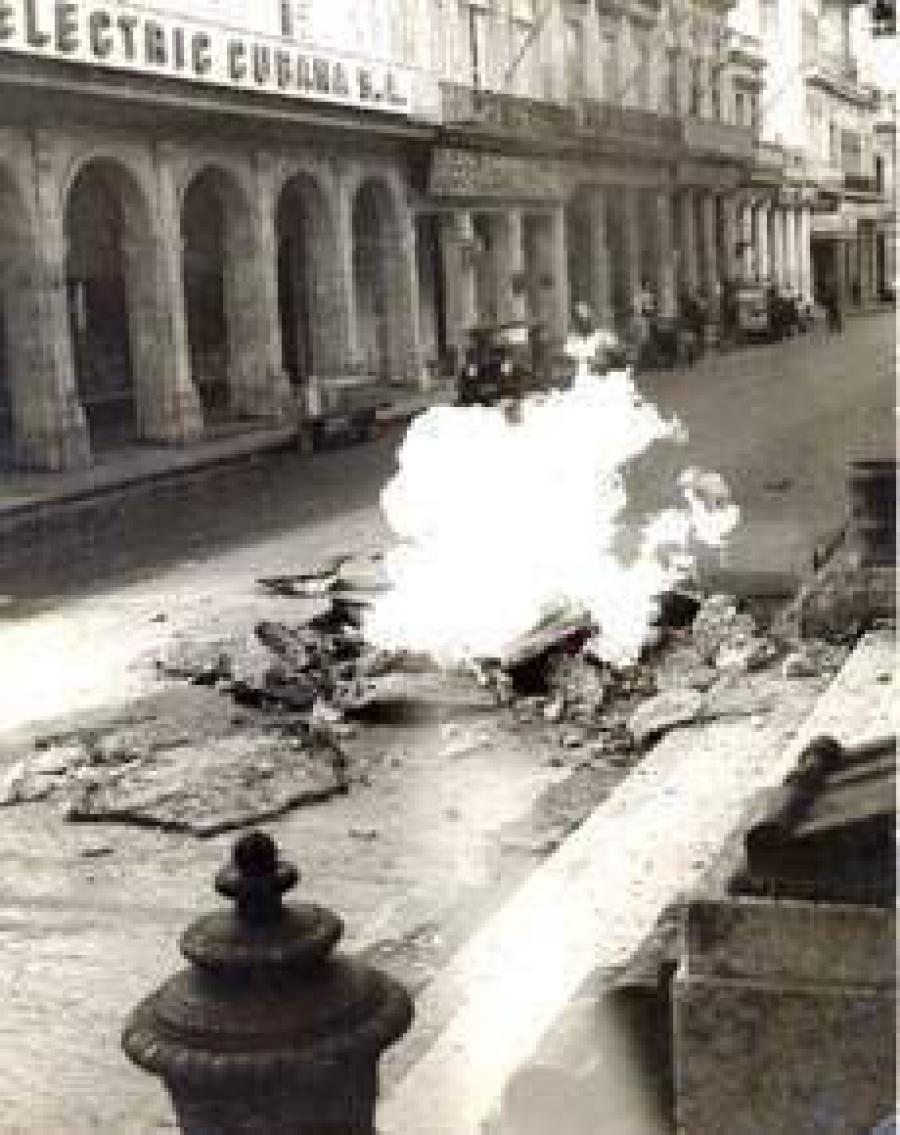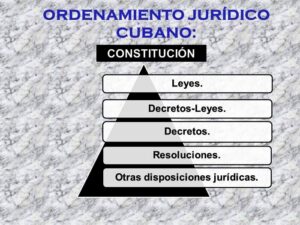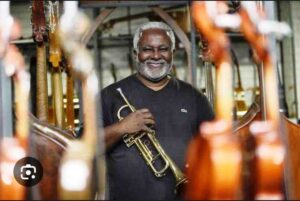An enduring legacy.

The strike of April 9th, 1958 represents a key event in the history of the Cuban Revolution. Called by the 26th of July Movement, led by Comandante Fidel Castro, it sought to overthrow the regime of Fulgencio Batista by paralyzing the country.

The strike of April 9th, 1958 represents a key event in the history of the Cuban Revolution. Called by the 26th of July Movement, led by Comandante Fidel Castro, it sought to overthrow the regime of Fulgencio Batista by paralyzing the country. The call arose in a context of growing popular discontent and the rise of the armed struggle in the Sierra Maestra.
The main objective was to demonstrate the strength of the revolutionary movement and create a generalized uprising that would weaken the government.
It was hoped that the action would have the support of workers, students and other sectors of society, and would create an atmosphere of ungovernability that would facilitate the final triumph.
However, it was not as successful as expected. Although there were demonstrations and acts of sabotage in some cities, the response lacked uniformity.
Government repression was relentless, and many participants were arrested or killed. One of the factors contributing to its failure was the lack of coordination and communication between the different revolutionary groups.
In addition, the Batista government was able to infiltrate the movement and obtain information about the strike plans, which allowed it to anticipate and repress it more effectively.
Despite failing to achieve its immediate objectives, the April 9th strike had important long-term consequences.
It demonstrated the determination of the Cuban people to fight for their freedom and exposed the brutality of the Batista regime. It also forced the 26th of July Movement to rethink its strategy and to focus on the guerrilla struggle in the Sierra Maestra.
This action is considered a turning point in the Cuban Revolution. Although it resulted in a tactical setback, it helped to strengthen the revolutionary movement and lay the foundations for the triumph of 1959.
His legacy endures as a symbol of resistance and the struggle for social justice in Cuba.
Written by Dunia Bermúdez Sañudo.




